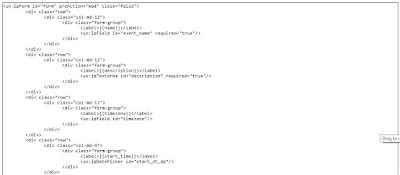The iPhora Journey - Part 5 - Dammit Jim, I'm a LotusScripter not a JavaScripter
As often said by Dr. McCoy in the original Star Trek series, he is a doctor, not a ____________ . However, just like Dr. McCoy, you may sometimes need to work on things that seem very alien to your experience. One of those things, might be JSON. LotusScript, which was derived from Visual Basic, was written long before JSON existed, and therefore, LotusScript had no built-in capabilities for handling JSON objects. As we mentioned in Part 4, JSON plays a critical role in iPhora. All data are stored as JSON, and JSON serves as the primary data and communication format between modules, functions and services. All core components operate using JSON-based configurations. Therefore, it was extremely important that we are able to fluidity create, read and process JSON. Creating a JSON string is relatively easy in any programming language. You can create it even using Commodore 64 Basic, and if built sequentially, one line at a time, it is possible to...

